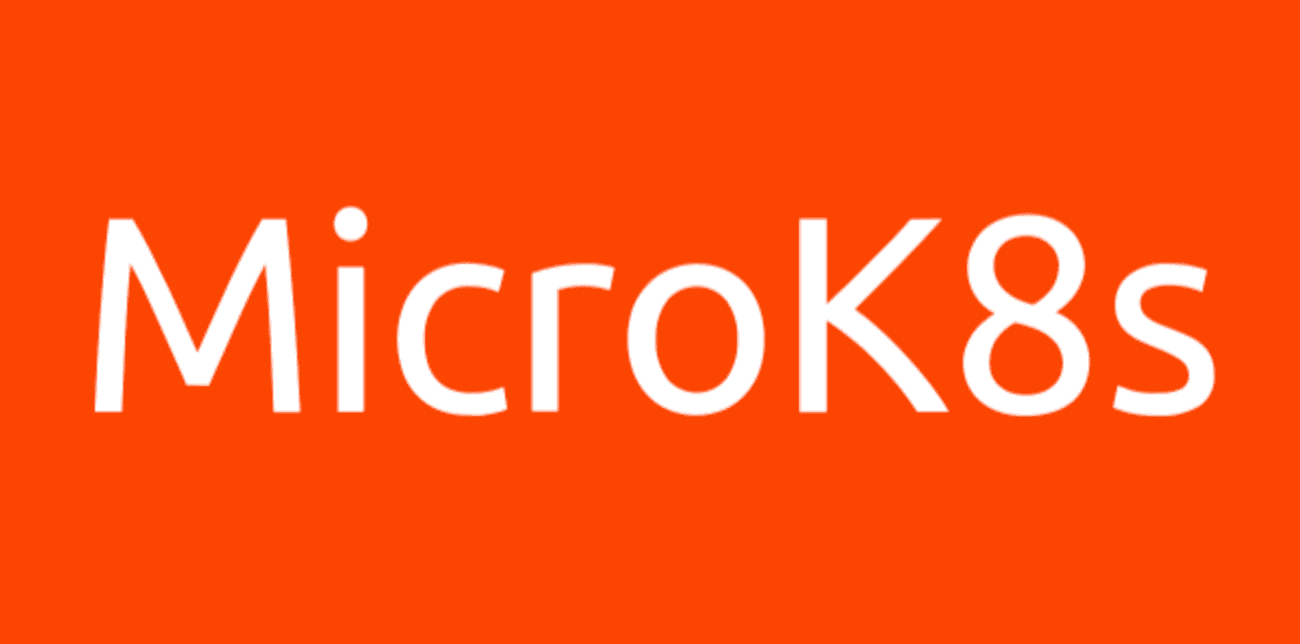Quick start
The easiest way to deploy Polyaxon on Minikube is to execute these commands:
Note: Minikube is not meant to be a production environment.
Before you can deploy Polyaxon, make sure you have the following:
- Minikube installed and running.
- kubectl.
- Helm.
- Polyaxon CLI.
Deploy Polyaxon with default config values on Minikube:
polyaxon admin deploy -t minikubeWait for all pods to reach the running state:
kubectl get pods -n polyaxonExpose Polyaxon UI on your localhost:
polyaxon port-forward -t minikubeCustom Minikube deployment
Please consider reading our configuration setup guides to have a deeper knowledge about how to configure and customize Polyaxon to fit your needs.
For Minikube, we recommend Virtualbox/VMware drivers, but you can also use other drivers.
We recommend also to increase the amount of resources allocates:
minikube start --cpus 4 --memory 8192 --disk-size=40gBy default Minikube allocates 2Gb of RAM, this not enough for Polyaxon and we recommend at least 6Gb.
RBAC
If you are using Polyaxon with RBAC enabled, you should add the following option:
--extra-config=apiserver.authorization-mode=RBACCreate a namespace for Polyaxon
Polyaxon installs and uses a namespace to run experiments
independently of other applications running on your cluster, we recommend using polyaxon.
$ kubectl create namespace polyaxon
namespace "polyaxon" createdIf you would like to use a different value, you must keep in mind to update the namespace value in your config.
Configuration
This section will help you create a configuration file to deploy Polyaxon. Polyaxon ships with default values, however and depending on your use case you might need to override some of these values. To do so, you need to create a configuration file and we recommend to save it somewhere safe so that you can reuse it in the future.
Create a config file config.yaml or polyaxon_config.yaml,
and set up all information you want to override in the default config.
Set Minikube deployment type
First thing to update your polyaxon_config.yaml is your deployment type:
deploymentType: minikubeDisabling RBAC and ingress
By default Polyaxon uses LoadBalancer and RBAC, you might need to disable one / both of them in your config.yml/polyaxon_config.yml:
deploymentType: minikube
rbac:
enabled: false
artifactsStore:
name: tmp_artifacts_store
kind: host_path
schema: {"hostPath": "<VALID-MACHINE-PATH>", "mountPath": "/artifactsStore"}It is however recommended to enable RBAC and start minikube with the option --extra-config=apiserver.authorization-mode=RBAC.
Install Polyaxon
First of all, you need to add the Polyaxon helm repository to your helm, so you can install Polyaxon from it. This makes it easy to refer to Polyaxon chart without having to use a long URL each time.
helm repo add polyaxon https://charts.polyaxon.com
helm repo updateValidate
You can validate that your deployment config.yml file is compatible with the version you are trying to deploy:
polyaxon admin deploy -f config.yml --checkDeploy
Now you can install Polyaxon with your config.yml file
You can use Polyaxon CLI to manage the deployment
polyaxon admin deploy -f config.ymlOr you can use Helm to do the same:
helm install polyaxon/polyaxon \
--name=<RELEASE_NAME> \
--namespace=<NAMESPACE> \
-f config.yml--name is an identifier used by helm to refer to this deployment.
You need it when you are changing the configuration of this install or deleting it.
We recommend using RELEASE_NAME = polyaxon or RELEASE_NAME = plx.
--namespace should be the same value of the namespace you created in the first step,
we again recommend using polyaxon to make it always easy to remember.
Tip: We recommend using
polyaxonfor both the--nameand--namespaceto avoid too much confusion. The same command withpolyaxonas a value:
helm install polyaxon/polyaxon \
--name=polyaxon \
--namespace=polyaxon \
-f config.ymlNote: “Release name already exists error” If you get a release named
<RELEASE_NAME>already exists error, then you should delete the release by runninghelm delete --purge <RELEASE_NAME>.
You can see the pods being created by entering in a different terminal:
kubectl --namespace=<NAMESPACE> get podWhen helm is done deploying Polyaxon, it will output some instructions NOTES,
these note will be different depending on your configuration (the service type used and/or ingress);
Minikube IP
After installing polyaxon, you might need to use the following command to enable access to the API service:
minikube service -n polyaxon polyaxon-polyaxon-apiNote that when using minikube, the IP address of the application is given by minikube ip.
These notes are important for setting the CLI, and getting access to the dashboard.
Next step you need the Polyaxon CLI installed, and you need to configure the host and the ports based on these notes.
Upgrade Polyaxon
To upgrade Polyaxon to a newer version, you can simply run the following command using Polyaxon CLI:
polyaxon admin upgrade -f config.ymlOr using Helm
helm upgrade polyaxon polyaxon/polyaxon -f config.ymlApplying configuration changes
The general method to modify your Kubernetes deployment is to:
-
Make a change to the config.yml
-
[Optional] run
polyaxon deploy -f config.yml --check -
Run a
polyaxon deploy -f config.yml --upgradeorhelm upgrade:$ helm upgrade <RELEASE_NAME> polyaxon/polyaxon -f config.ymlWhere
<RELEASE_NAME>is the parameter you passed to--namewhen installing Polyaxon withhelm install.If you don’t remember it, you can probably find it by doing
helm list.If you used the default values suggested in the docs, the
<RELEASE_NAME>should bepolyaxon -
Wait for the upgrade to finish, and make sure that when you do
kubectl --namespace=<NAMESPACE> get pod the pods are in Ready state.
Your configuration change has been applied!Turn off Polyaxon
When you are done with Polyaxon, you can turn off the deployment, and depending on your persistence configuration you can keep all your data saved for future deployments.
You can also decide to completely turn off Polyaxon and remove the namespace and computational resources.
polyaxon admin teardown
Or
helm del --purge polyaxon
Stop/Delete running experiments/jobs
Polyaxon will by default stop all running jobs/experiments before a teardown, unless you prefer not to trigger the pre-delete hooks, in that case you should clean them on your own.
Delete Helm release
Delete the helm release. This deletes all resources that were created by helm during the deployment.
$ helm delete <RELEASE_NAME> --purgeIf you used the default values, the command should be,
$ helm delete polyaxon --purgeIf for some reason, your deployment did not succeed, you might need to delete Polyaxon with this command instead, to avoid triggering pre-delete hooks
$ helm delete polyaxon --purge --no-hooksDelete the namespace
Delete the namespace Polyaxon was installed in. This deletes any disks that may have been created to store user’s logs|database, and any IP addresses that may have been provisioned.
$ kubectl delete namespace <your-namespace>If you used the default values, the command should be,
$ kubectl delete namespace polyaxon

